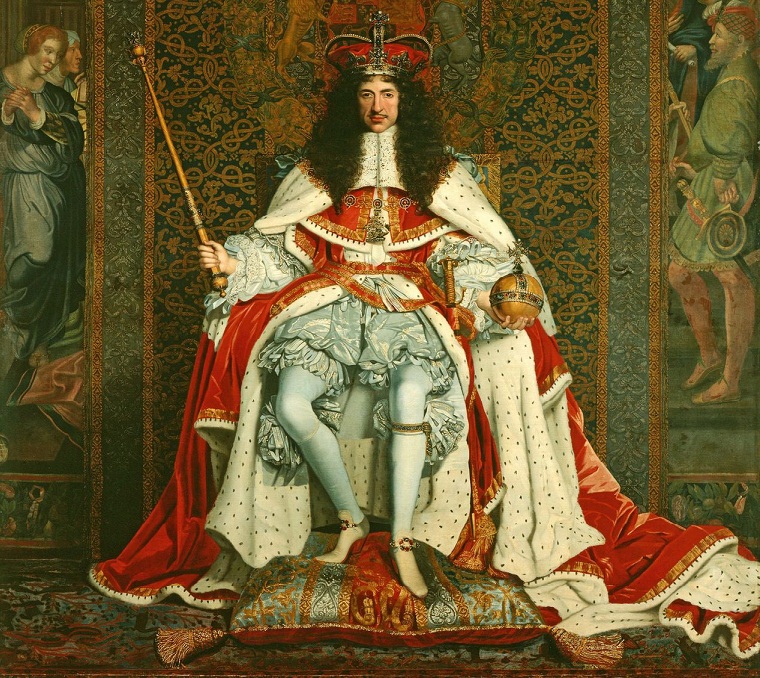
Story Highlights
- Historical event:
- 01 June 1670
- The Secret Treaty of Dover that would rejoin the Roman Catholic Church and England was signed in 1670. That time was abundant with secret pacts and treaties.
On this day in 1670, a secret pact in Dover was made according to which Catholic faith should return to Britain.
As it is well known, England split from Rome and Catholicism back in the 16th century during the reign of King Henry VIII from the Tudor dynasty. Later, there were attempts to return the Catholic faith to England, but it generally led to bloody conflicts. Therefore, all such attempts failed.
However, the British Kings Charles I and Charles II (father and son) from the Stuart dynasty were quite supportive of Catholicism, although they were nominally the heads of the Anglican Church (the Protestant Church in England).
For example, Charles I married a Catholic – Henrietta Maria of France – which is why Protestants were suspicious of him. Charles I gave Lord Baltimore, who was a Catholic, a colony called Maryland, which is now an important U.S. state close to Washington D.C. (the largest city in Maryland – Baltimore – was named after Lord Baltimore).
However, the English under Oliver Cromwell executed Charles I in 1649 and abolished the monarchy.
His son, Charles II, managed to regain the British throne when the monarchy was restored. Like his father, he had sympathy for the Catholics. Namely, his mother was a Catholic (the mentioned Henrietta Maria), and he also married a Catholic – the Portuguese Princess Catherine – where he received Bombay as dowry (an important gain for Britain in India).
Indeed, the sister of Charles II – Princess Henrietta – married the brother of the French king Louis XIV, becoming a “Madame” at the French court. Specifically, people who held the highest positions on the French court usually bore the shortest titles. So, the King’s brother was simply referred to as “Monsieur” and his wife as “Madame”.
The king’s more distant cousin – Prince of Condé – was called “Monsieur le Prince” and even lower members of the court had longer titles so it would be known who they are. All in all, for referring to Henrietta, it was enough to simply say “Madame.”
It was precisely the “Madame” who was the leading intermediary in negotiating the Secret Treaty of Dover. According to this pact, her brother – British King Charles II – would make a public profession of the Catholic faith, whereby France would provide him support.
On the other hand, Britain would provide military support to the French King Louis XIV (Madame’s brother-in-law) in conquering the Dutch Republic (the Dutch ruler William of Orange was a Protestant enemy of the Catholic Louis XIV).




